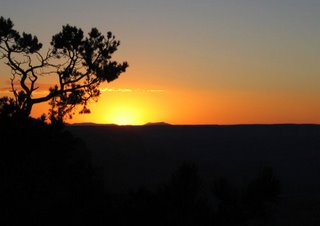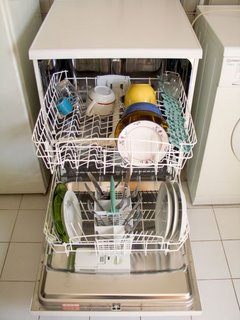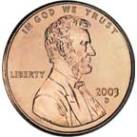
Those avocado seeds can be your own avocado trees without much effort.
Start by holding the seed with its pointed end up, and the little bumpie-thing side-down, and push three or four toothpicks around the sides (NSEW). Then, fill a clear-glass jar with water, and balance the toothpicks on its sides so the bumpie-thing is totally immersed. Some people put a bit of charcoal or a penny in the bottom of the water, but you don't have to do this.
Keep that water refilled, right up the brim - this keeps oxygen running through there. (Clear glass containers help you monitor the water level.) Soon, the bottom of the seed will crack open, and a root will emerge.
In about six weeks, you will have a nice little plant, with big. long roots and nice leaves. Now it's time to move your tiny tree to a soil home. It won't live forever in this water world you've created.
As an option, you can forego the water method, and just plant the seed in a 5-inch pot of good soil, with its pointy top just above the soil line. Keep the soil moist, and the temperature around 72 degrees, and a little tree should pop up.
Either way, once your baby reaches a foot in height, prune it back to about 6 inches. This makes for a nice, full tree and not a stringy, ugly one.
Your avocado tree will grow inside or out. It will need sun. If you are using pots, check for root growth and give it a bigger pot when necessary. Feed and water it regularly.
Here in San Antonio, there are several families that have backyards filled with their own home-grown avocado trees - how nice to have guacamole made with your own fruit.
Guacamole:4 ripe avocadoes, seeded and peeled
2 tablespoons lime juice
1 cup chopped roma tomatoes (they have less juice)
1/2 cup chopped sweet onion (Vidalia, Texas 1018)
1/4 cup chopped, fresh cilantro
1/4 teaspoon garlic powder
dash of Tobasco or 1 small, seeded, finely chopped serano pepper
salt to taste
Serve with chips, or make chapulas, tacos, etc.




